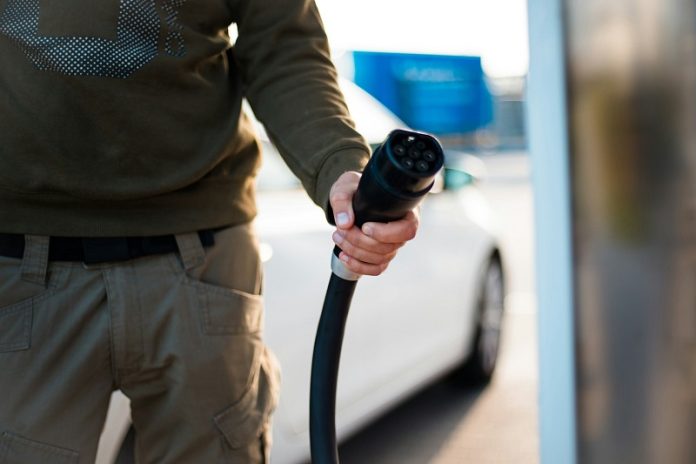
Lithium is a key ingredient in batteries due to its ability to provide long-lasting and stable energy storage.
However, lithium is a finite resource, prompting scientists to seek alternative materials for battery production.
Recently, a team from McGill University, using the Canadian Light Source at the University of Saskatchewan, has developed a method to replace most of the lithium in batteries with sodium.
Their findings were published in the journal Advanced Energy and Sustainability Research.
The main challenge with using sodium is that it becomes unstable when exposed to air. This poses a significant problem for existing manufacturing facilities that currently produce lithium-ion batteries.
“The sodium reacts with carbon dioxide and water vapor in the air, forming sodium carbonate and other byproducts,” explains Eric McCalla, an associate professor in McGill’s Department of Chemistry.
“Water can even penetrate the material, converting it into a completely different structure, which is unsuitable for batteries.”
To address this issue, McCalla’s team conducted what he calls “wild substitutions,” testing the impact of 52 different elements on the stability of a sodium-ion battery.
They used the HXMA beamline at the CLS to gather detailed, localized information about the battery after use.
This helped them identify which elements effectively maintained the battery’s stability when used alongside sodium.
Given the vast amount of data they collected, which included numerous interrelated variables, McCalla’s team turned to machine learning. This powerful tool helped them analyze and rationalize the complex information. “The machine can separate the variables and create a complex function that considers all the competing parameters,” says McCalla.
This approach allowed them to determine which materials truly influenced the battery’s performance and which variables were less significant.
Although sodium-ion batteries show promise, they still have a long way to go before they can fully replace lithium-ion batteries, especially in electric vehicles. “People have been working on lithium batteries for over 40 years, and they have become very efficient,” McCalla notes.
“Using more sustainable materials is a great goal, but the standards are high. We’ve made progress, and we will continue to work hard to improve these materials.”
In conclusion, the research led by McCalla’s team marks a significant step toward developing more sustainable battery technologies. By exploring sodium as an alternative to lithium, they aim to create batteries that are both effective and environmentally friendly.
While there is still much work to be done, their innovative approach and use of advanced technology, like machine learning, provide a solid foundation for future advancements in this critical area of research.



